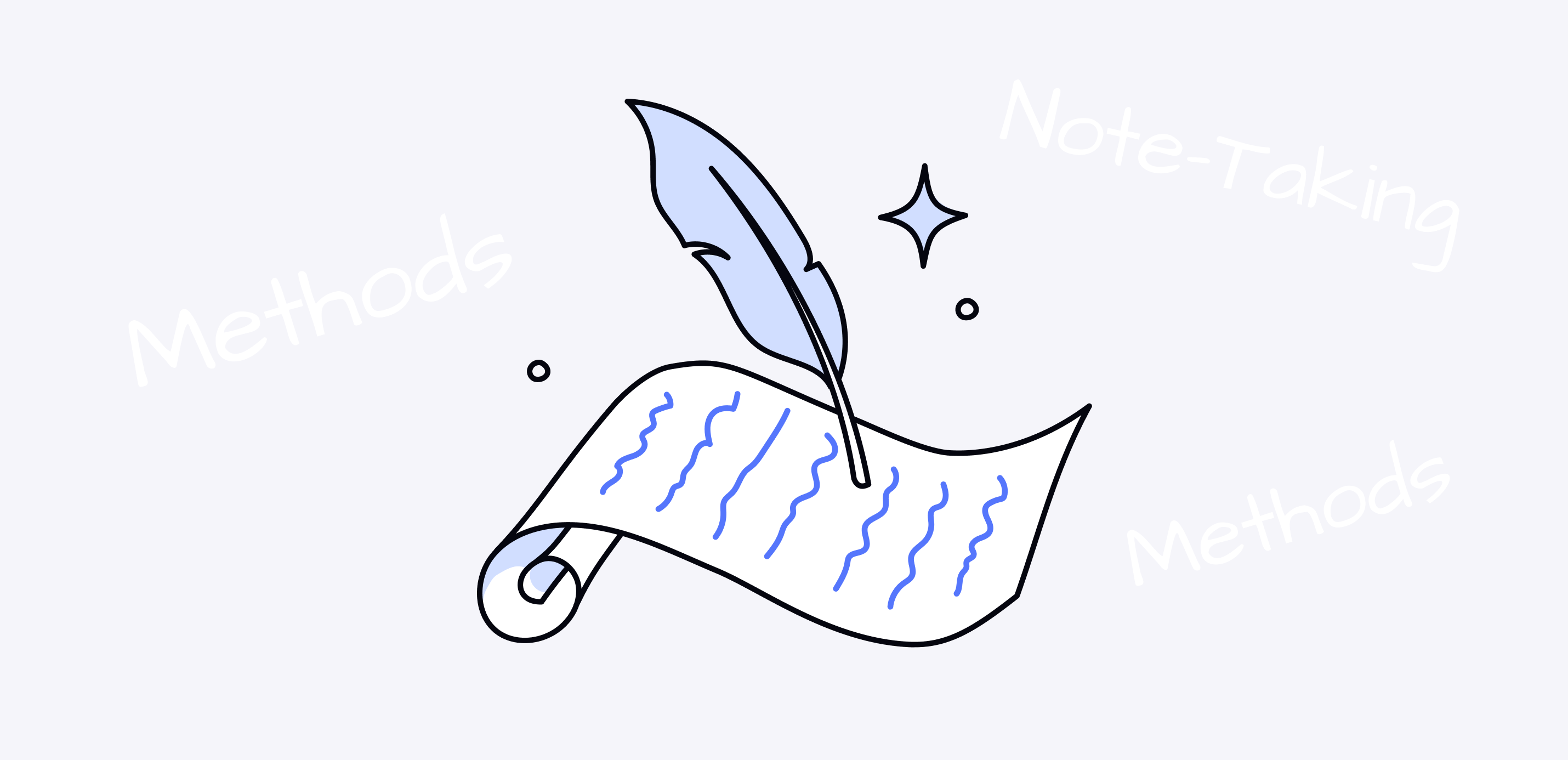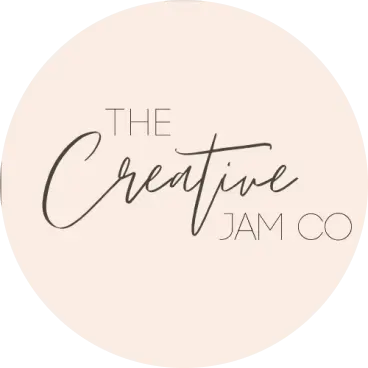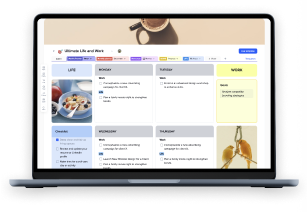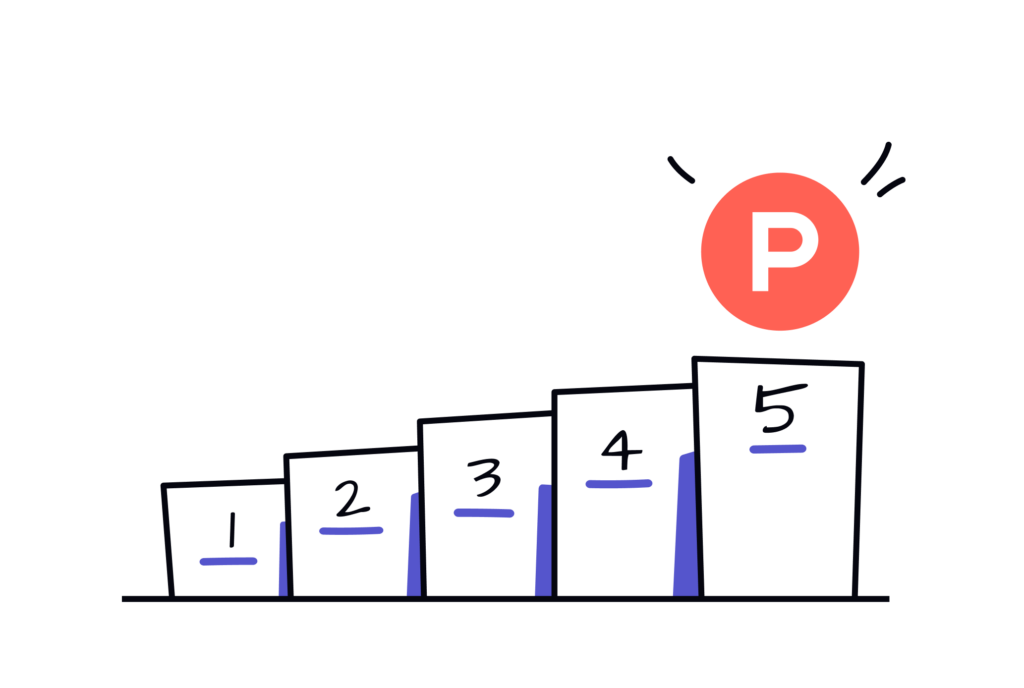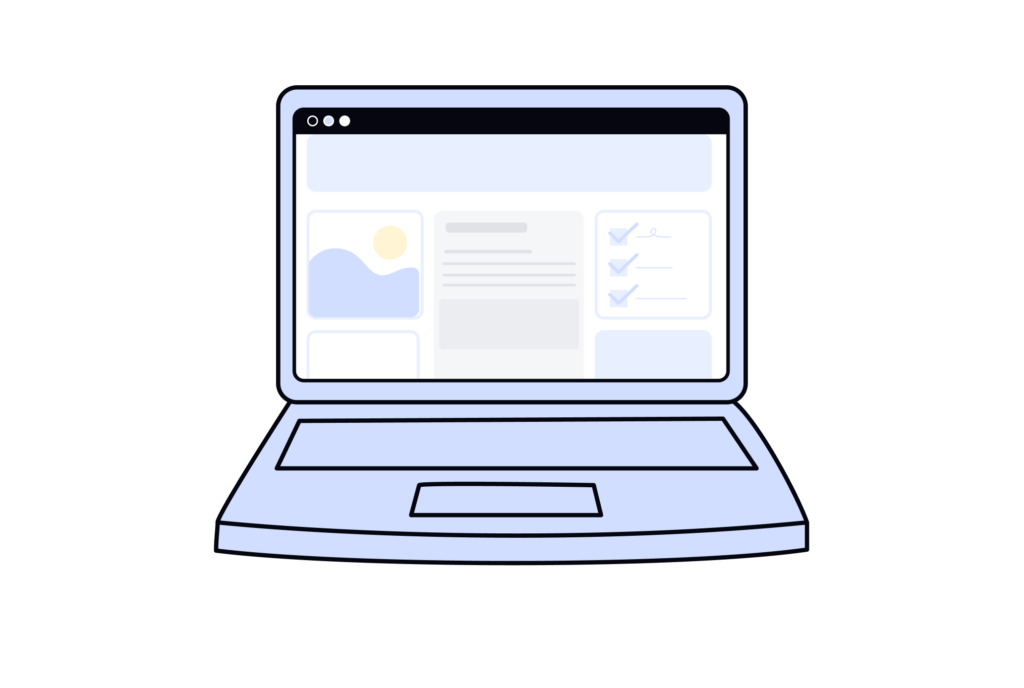In an age where information is abundant and learning opportunities are just a click away, the ability to capture, organize, and retrieve knowledge is more valuable than ever. Note-taking, a skill as ancient as learning itself, remains at the heart of effective education and productivity. However, with the myriad of techniques and tools available, finding the best method can be a challenge.
This guide aims to navigate the diverse landscape of note-taking methods, offering insights into how you can enhance your learning and productivity through the art of note-taking.
The Importance of Effective Note-Taking
Effective note-taking method is more than just jotting down what you hear or read; it’s about engaging with the content, processing the information, and making it your own. This active involvement boosts comprehension, enhances recall, and fosters a deeper connection with the material.
By adopting a structured approach to note-taking, you can transform passive learning into an active dialogue between you and the subject matter, leading to a more engaging and productive study.
Your notes can serve you in the long run. Keeping them in an organized manner helps you in the future to have easy access to the needed information. Whether we speak about some key ideas you jotted down during an important meeting or simple bullet points you noted during your lectures, you can easily find the needed data when reviewing notes.
Note-Taking Pitfalls
It’s important to understand that your note-taking method should suit your style of life and your personal preferences. In other words, if you struggle with using it, it’s likely not your best option, and you need to try something else.
Taking notes is only half the deal. They should have a clear structure, summary section, visual cues, main idea, main topic, supporting details, central topic, sometimes even color coding, which requires a little effort from you.
If you decide on handwritten notes, the effort is going to be much more significant than if you would use a note-taking app.
Digital notes have one big advantage over the classical approach – they save time a person usually would invest in organizing and preparation. Having notes and having organized notes are two very different concepts. In the first case, you have the information but are likely to face challenges in finding what you need at the moment. In the second one, you have the information but don’t have any or little challenge to find what you need.
With the digital format, searching is super easy. The good old “Ctrl+F” or “Cmd+F” will do all the work.
Exploring Different Note-Taking Methods
There are many effective note-taking methods. However, their effectiveness differs from person to person. If you want to get maximum benefit from the note-taking method you choose, you need to choose it wisely, considering your purpose and your strengths and weaknesses. Critical thinking and our guide on methods of note-taking will assist you here.
Is one note-taking method enough to capture every tiny detail? It can be if it satisfies your requirements. Generally, a typical person doesn’t need more than one method to record and organize their regular notes, especially if the information they deal with daily is of a similar kind. However, being aware of other methods won’t hurt.
Let’s take a look at some of the most popular methods note-takers around the world use to have every important detail jotted down:
1. Cornell Method
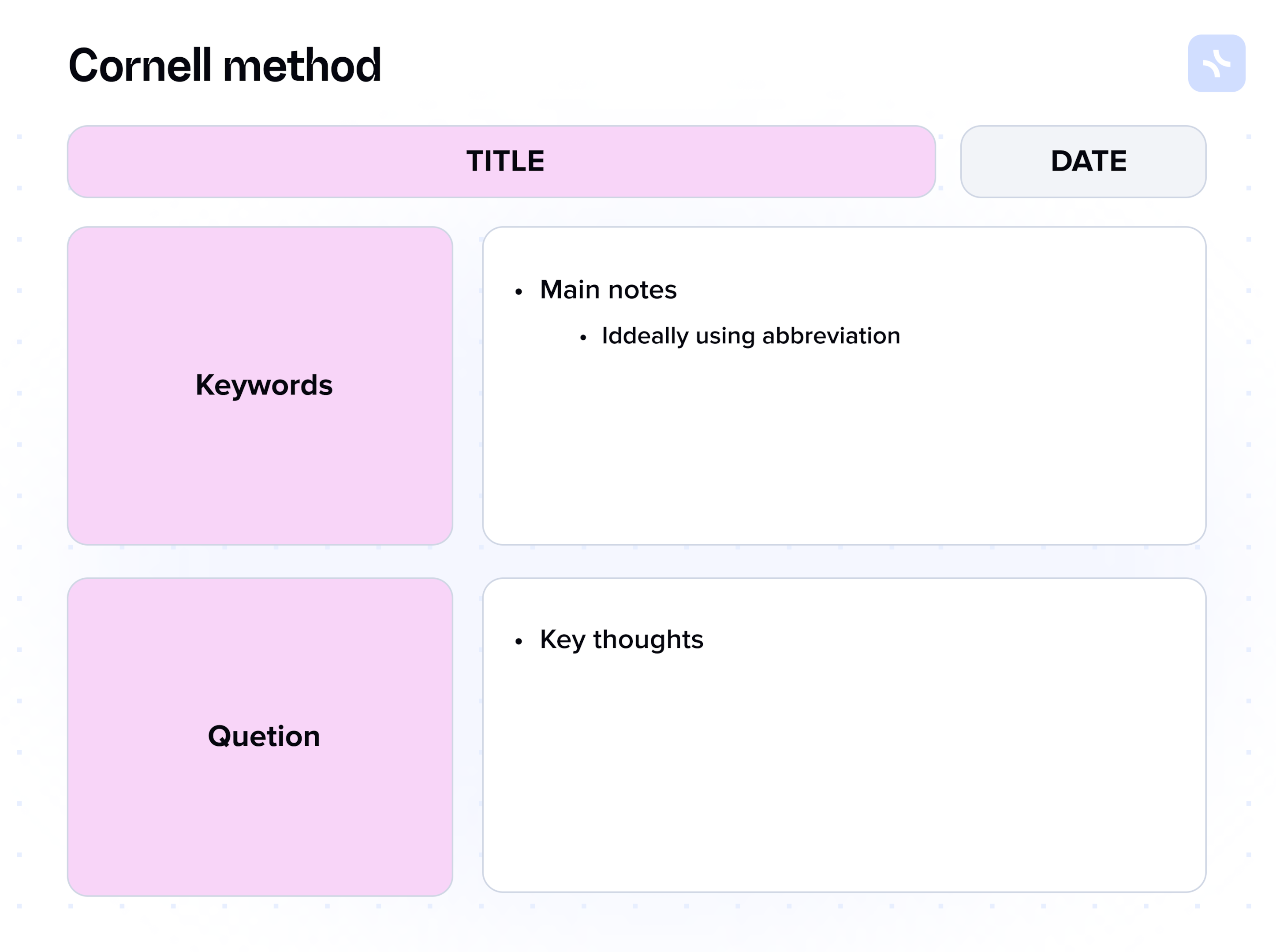
A systematic format divides your page into three sections: cues, notes, and summary. This method, developed at Cornell University decades ago, suits different learning styles, helping all kinds of students, whether they are from science classes or literature studies, to deal with their lectures.
This note-taking method encourages concise note-taking by providing space for key points, questions, or cues on the left side of the page, detailed notes on the right, and a summary section at the bottom to reinforce learning. It’s a popular technique among students for its effectiveness in organizing and reviewing lecture.
The Cornell Method can benefit students, professionals, or anyone who needs to take organized and structured notes during lectures, meetings, or readings.
It’s an effective note-taking technique, but it requires preparation. It involves dividing your notebook page into the needed sections or having a ready-to-use Cornell Method Template. Only then can you record information.
2. Mapping method
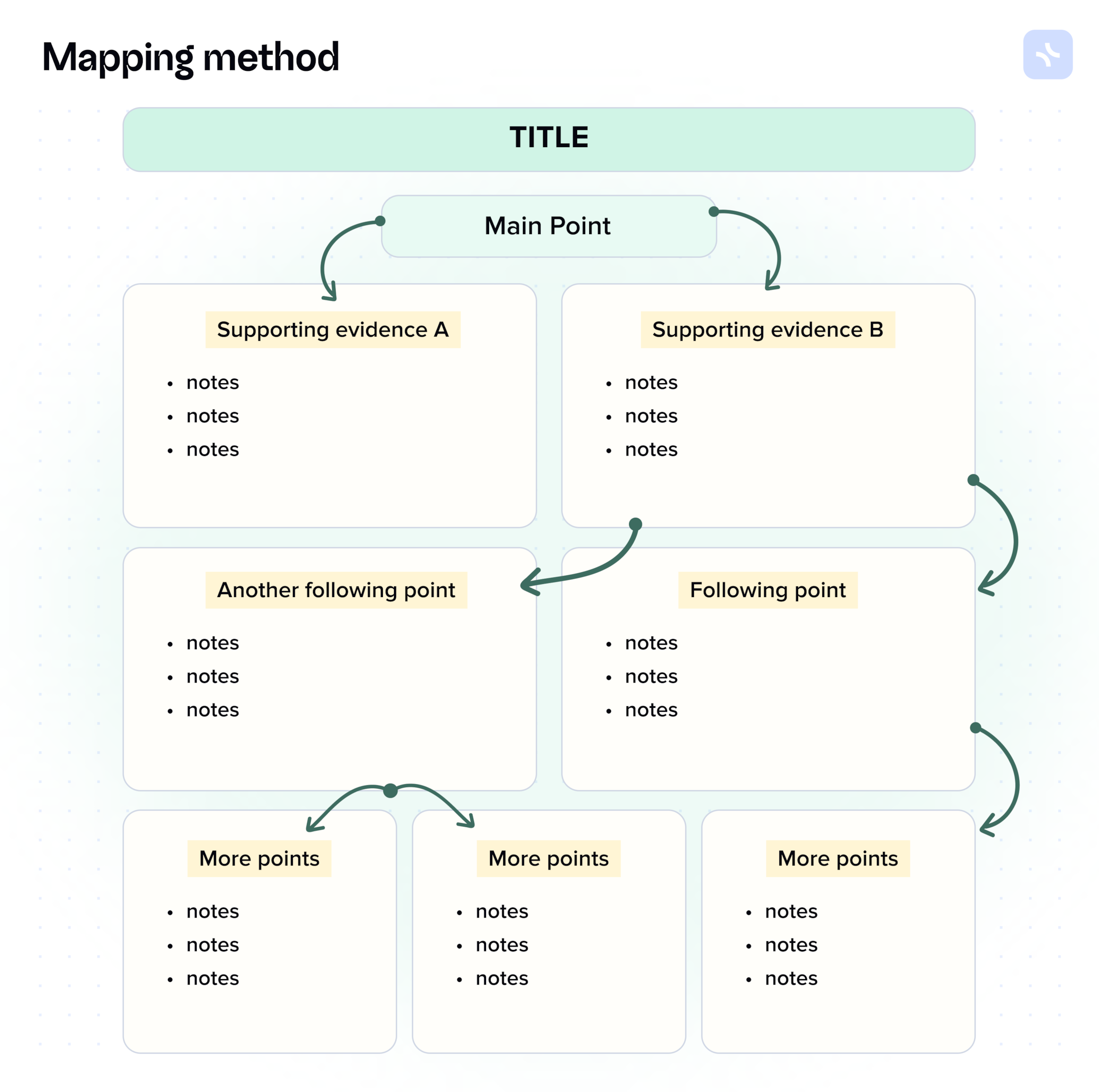
A visual technique uses diagrams to represent concepts and their connections.
A mapping method is particularly useful for visual learners as it helps them understand the relationships between different pieces of information more effectively. Mapping can be applied in various contexts, including studying, brainstorming, planning, and problem-solving.
However, even though it might seem like this note-taking method doesn’t require boring jotting down, people who use it still need to write down main ideas, sometimes even complete sentences, related points, etc.
Put your main topic in the center and add branches or lines radiating outward to represent subtopics or supporting details related to the main idea. Each branch should be labeled with a brief keyword or phrase that summarizes the content. This description is completely up to you. Can grasp the whole concept from two words? Then, two words will be enough.
It’s important to establish relationships between your branches and main concepts to make your note cards work in the long run.
Concept maps are a part of the mapping note-taking method. It is a visual tool used to organize and represent knowledge or ideas, typically in the form of interconnected nodes or bubbles. Each node represents a concept, and lines or arrows are used to depict the relationships between them.
You can create concept maps not only for taking notes but also for presenting different ideas, how they are supposed to work, main points, etc.
3. Outline Method
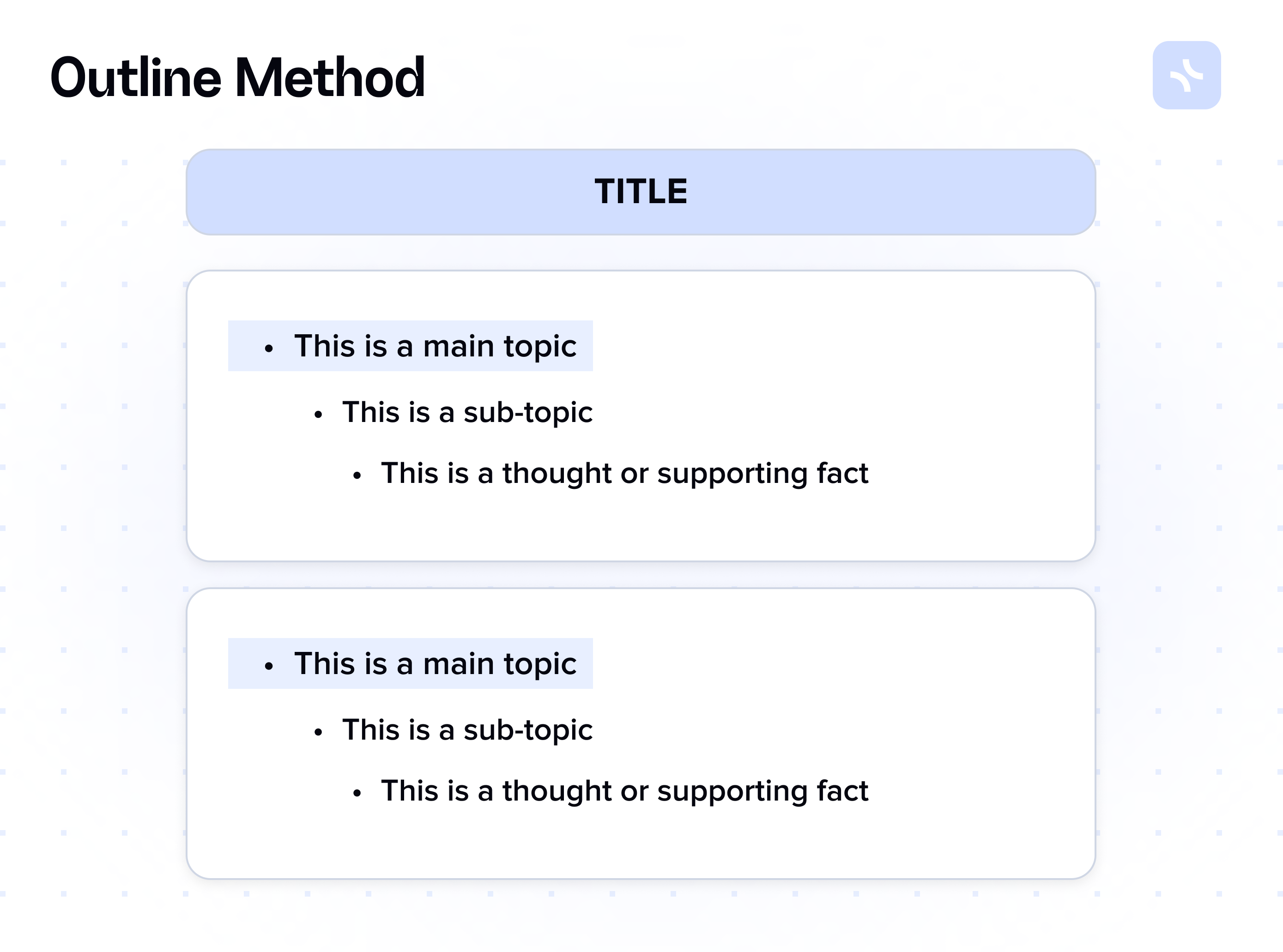
Organizing notes in a hierarchical structure makes it easier to capture the flow of information. Outlining is best for lectures or readings that follow a clear and logical structure. Many choose this method for their meeting notes.
The outline method typically uses bullet points (some refer to it as the bullet method) or numbering to denote main ideas and subpoints. It’s a structured approach that helps capture the flow of information in a clear and logical manner.
4. Charting Note-Taking Method
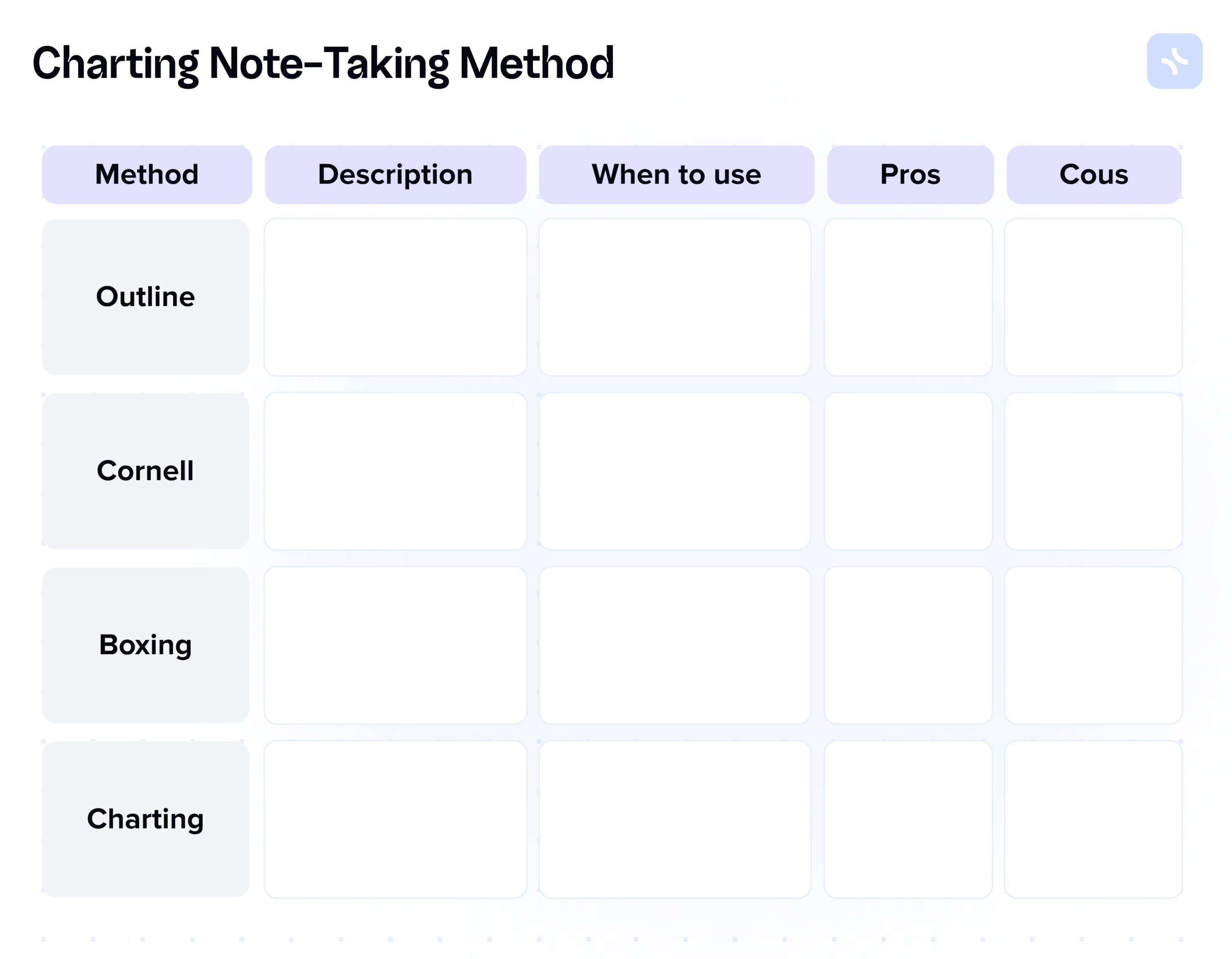
Creating tables and charts to categorize information, particularly useful for statistical data or comparisons to see the linear progression. The charting method can be effective for summarizing information, highlighting key points, and presenting data in a clear and organized format.
It is often used in fields such as mathematics, science, economics, and business where data analysis and visualization are important components of learning and decision-making.
The easiest way to organize your chart is by creating two columns and adding the relevant data. When you’re a pro, you can create more to organize data more scrupulously. However, not all topics need that detailing. Also, you can use the traditional three-column KWL Chart to write down what you know, what you want to know, and what you learned.
The T-Notes Note-Taking Method can be viewed as a sub-kind of the Charting Method. It is also known as the Two-Column Method or T-Chart Method. It involves dividing your note paper into two columns: a narrow column on the left for cues or main ideas, and a wider column on the right for detailed notes or explanations.
This method helps you organize information by providing a clear structure for recording key points and supporting details.
5. Sentence Method
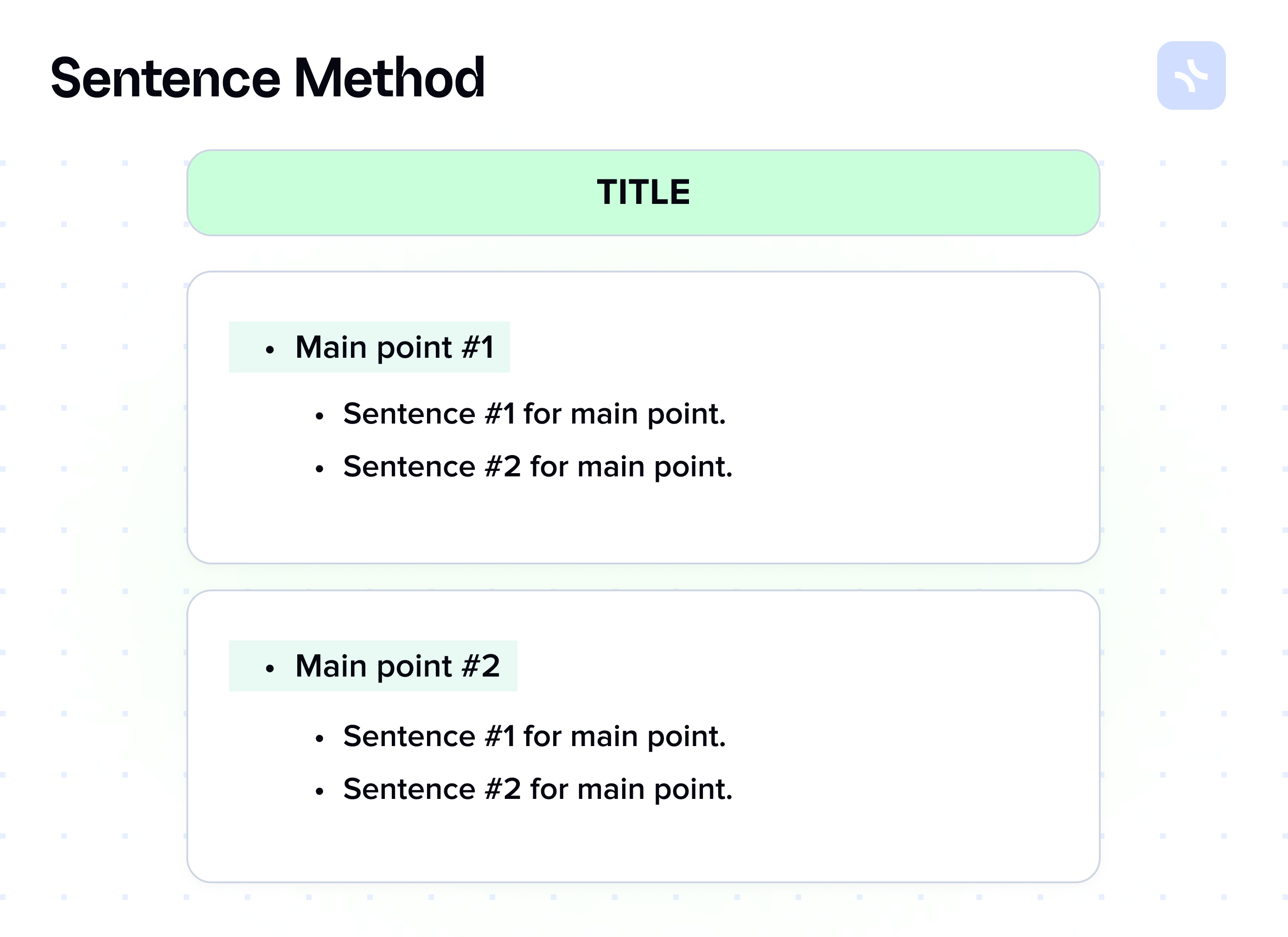
Writing down each new piece of information as a separate sentence. This method is flexible and straightforward, suitable for fast-paced lectures, meeting notes, readers who want to memorize important details, but don’t want to make comments and leave marks in their books, etc.
This method doesn’t require much preparation. It’s only you and your notebook or laptop. However, even though technically it’s easier than an outline method or mapping method, it requires a certain speed in writing or typing the text.
6. Boxing Method
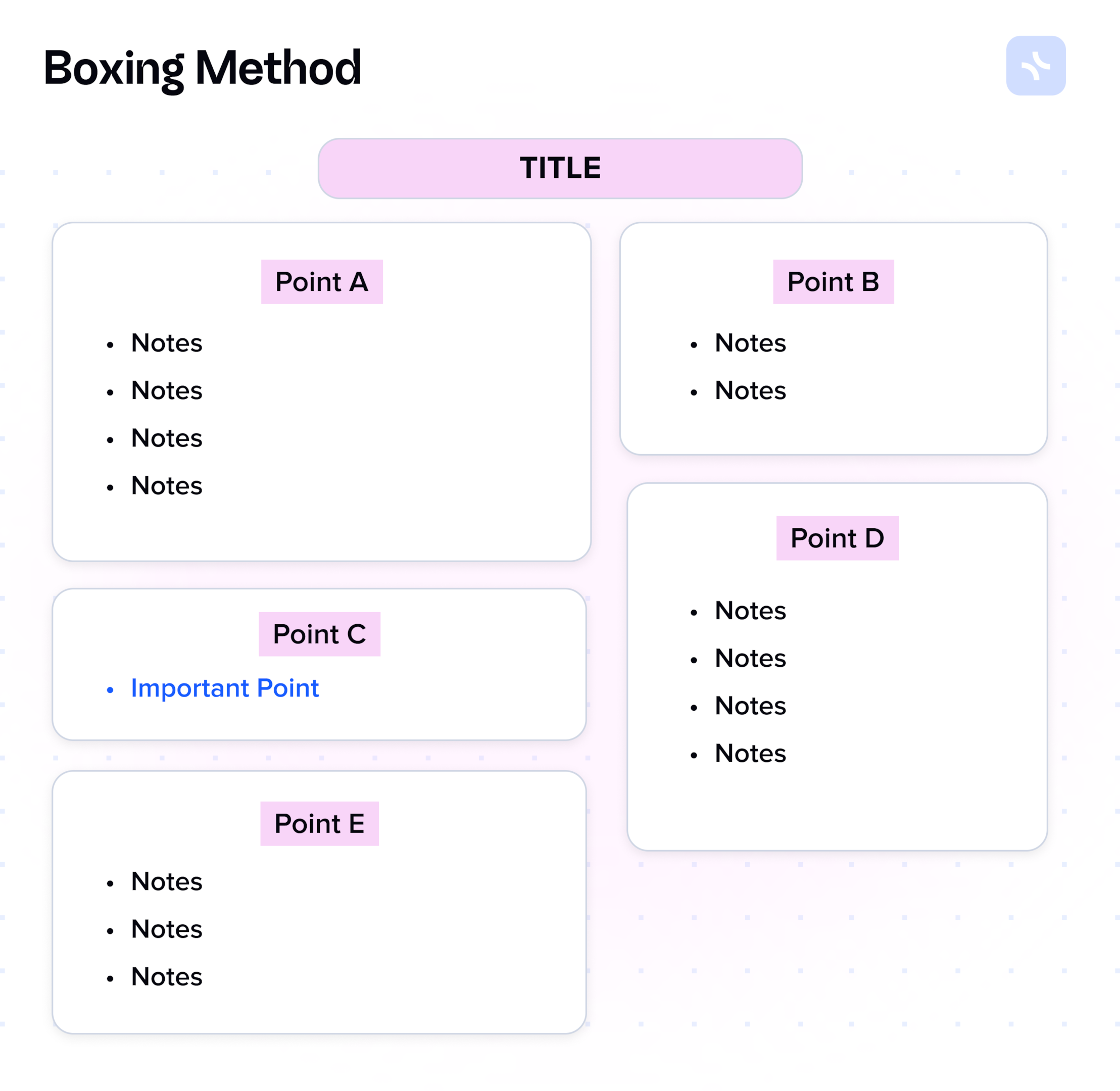
The boxing note-taking method, also known as the boxing technique, is a method of organizing and visualizing information by using rectangular boxes to enclose related ideas or concepts.
In this method, each box represents a specific topic – one box for an idea or piece of information, and related boxes are connected with lines or arrows to show relationships between them. This method is particularly useful for visual learners and can help with understanding complex concepts, organizing thoughts, and making connections between different ideas.
Digital Evolution: Note-Taking in the Digital Age
For many, note-taking is about having a notebook and a pen and writing down the needed information. However, the process has evolved significantly over the past two decades. The classic method is still relevant for many people, yet if you have never liked the idea of carrying a notebook around, you may try something more advanced to finally fall in love with note-taking.
Digital tools have revolutionized note-taking, making it more accessible, flexible, and efficient. Note-taking apps and software offer a plethora of features, from cloud storage and cross-platform syncing to multimedia integration and searchability. This digital shift not only accommodates different note-taking methods but also enhances them, allowing users to customize their approach to fit their specific needs.
People can use additional software to turn their lecturer’s voice into text and then, when they have time, turn them into the kind of notes they prefer using their favorite note-taking techniques, whether it’s the charting method, simple bullet method, or mind mapping.
xTiles offers a pre-designed space where you can apply your favorite method of note-taking. Moreover, we offer ready-to-use templates like Cornell Notes Template or Meeting Notes Template for specific purposes, saving you time for arranging documents.
Practical Tips for Efficient Note-Taking
Having your reliable note-taking method is half the deal whether you’re stressed and overwhelmed or relaxed and calm. Knowing how to increase its potential is a whole different business. If you’re determined to take the most polished and concise notes, here are a couple of tips to better your skills:
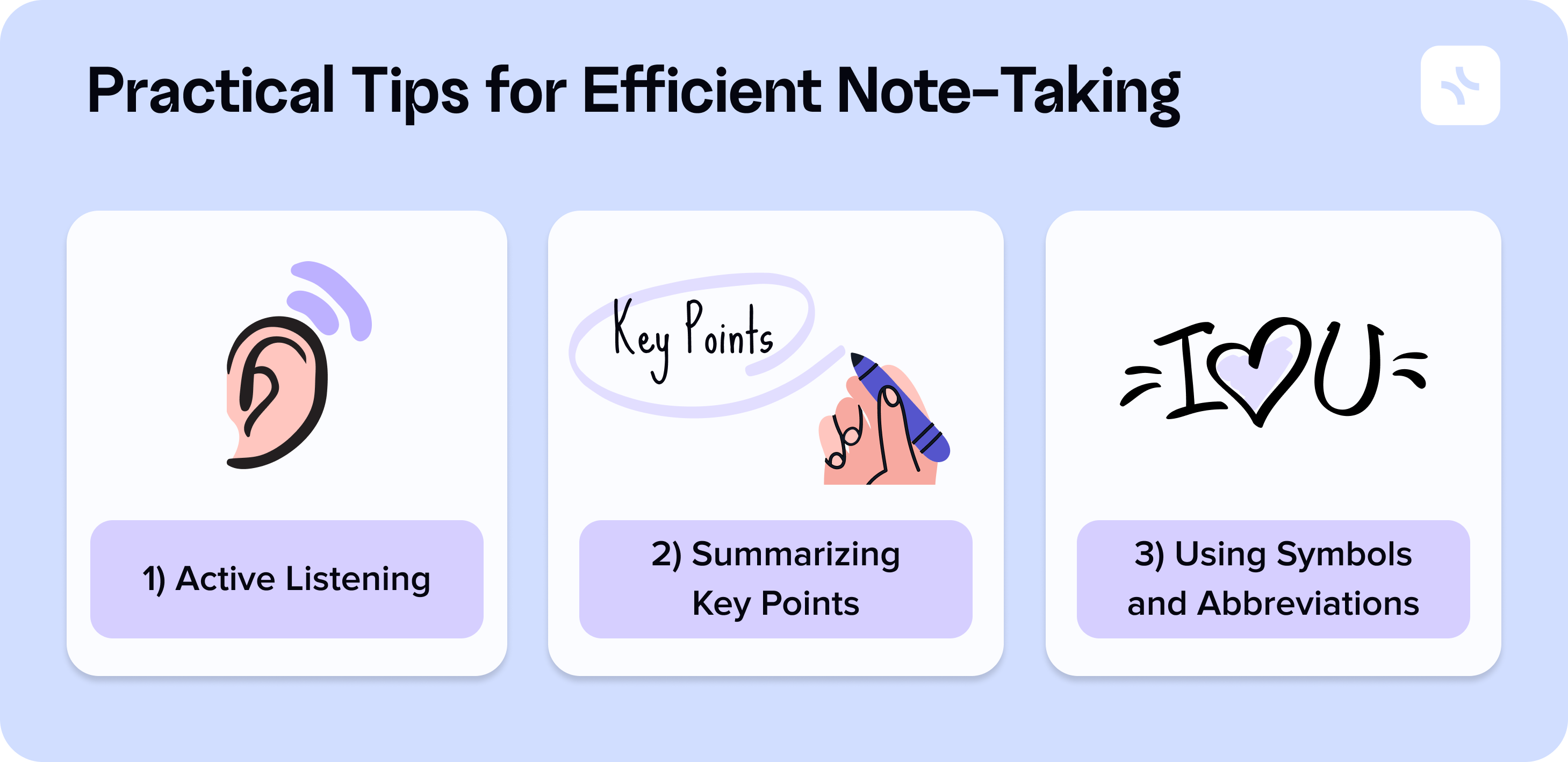
1) Active Listening
Focus on understanding the material, not just recording it. Listen for key points and themes. Not everything from the lecture content is worth taking down. That statement concerns all types of note-taking techniques.
2) Summarizing Key Points
Instead of transcribing information verbatim, summarize main ideas in your own words. Make it easy to decipher for you, using the concepts you understand the best. No matter what method of note-taking you apply, the information has to be valuable for future reviews.
3) Using Symbols and Abbreviations
Develop your system of shorthand to save time and keep up with the pace of lectures or meetings. Sometimes, a few symbols or one abbreviation is enough to describe a specific point your lecturer or colleague talks about. After all, some meetings require active engagement and asking or answering outstanding questions, and you can’t spend all the time with your nose deep in your notes.
Integrating Note-Taking Methods into Daily Life
Whether you’re a student attending lectures, a professional in meetings, or someone engaging in self-study, integrating effective note-taking methods into your routine can significantly boost your productivity and learning efficiency.
One idea you should stick to is that it’s worth experimenting with different techniques for various contexts to discover what works best for you.
Choosing the Right Method for You
Selecting the right note-taking method is a personal journey. Consider your learning style, the nature of the content, and the context in which you’ll be taking notes. Don’t hesitate to mix and match techniques or customize methods to suit your needs better.
To make it easier, try the xTiles Templates for note-taking. It will save time while you’re researching and learning your preferences. Effective methods do exist. All you need is to try a few to find out which one is yours.
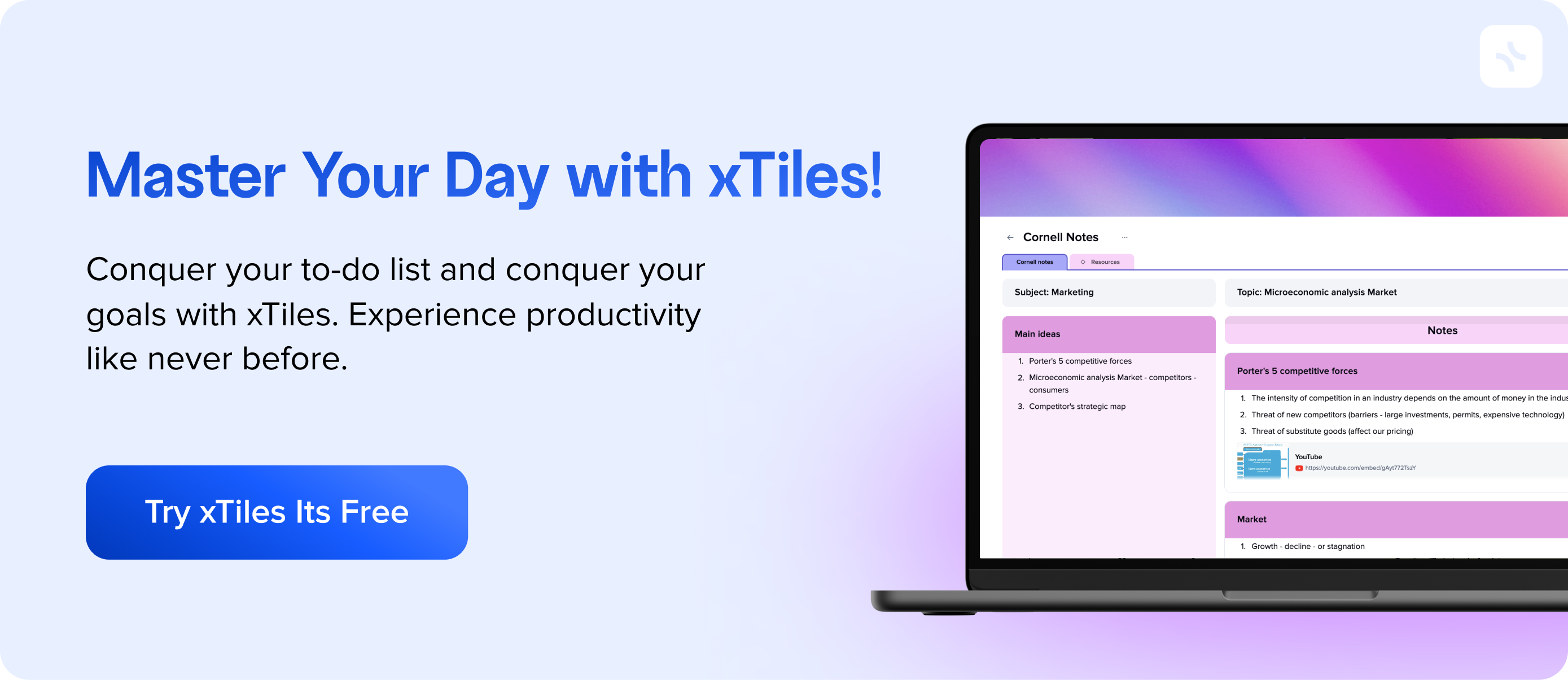
Conclusion
The quest for the best note-taking method is not about finding a one-size-fits-all solution but rather about discovering the tools and techniques that resonate with your unique learning style and goals. By exploring and experimenting with different methods, you can unlock your potential for enhanced learning and productivity.
Whether you choose an outline method, charting method, Cornell method, etc., the main point is embracing the art of note-taking and transforming the way you absorb, organize, and retrieve information. Choose the method you prefer, and xTiles will make it work for you.
FAQ
What are the main types of note-taking methods?
The main types include the Cornell Method, Mapping Method (Mind Maps), Outline Method, Charting Method, and the Sentence Method, each catering to different needs and learning styles.
How can digital tools enhance traditional note-taking practices?
Digital tools offer functionalities like multimedia integration, cloud storage, and easy organization, making note-taking more efficient and accessible.
What are some common challenges in note-taking and how can they be addressed?
Common challenges include keeping up with the pace of information, organizing notes effectively, and retaining the material. These can be addressed by practicing active listening, using abbreviations, and regularly reviewing and summarizing notes.

